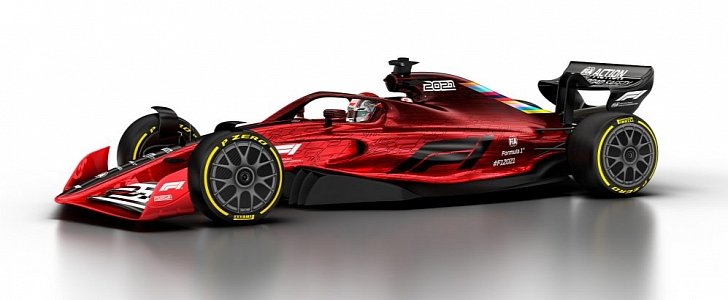The year 2021 will see Formula 1 go through many changes, and one of the key pillars of this season is the cost cap. Covering a team’s expenditure during a calendar year, the financial aspect is capped at $175 million to help the underdogs get closer to the performance (qualifying and race pace) of works teams.
It must be highlighted the cap covers expenditure that relates to the car’s performance but excludes marketing costs, driver salaries, and the costs of the team’s three highest-paid personnel. Heritage programs such as the one at Williams are excluded too, along with corporate income tax and other non-F1 activities, property costs, and employee bonuses.
Flight and hotel costs for racing and testing travel do not count either. An engine supply deal has been capped at €15 million per year, and to monitor the compliance of the financial regulations, F1 will create a Cost Cap Administration for “independent oversight.”
Turning our attention to the cars themselves, the biggest change in terms of driving is represented by the low-profile tires with 18-inch rims. Sweeping bodywork, a much simpler front wing, bigger rear wing, improved underbody aero, a simplified suspension system, and wheel wake control devices are the most important talking points. It has been proposed that wheel rims be fitted with a rotating LED display joined by a bodywork display to provide information to spectators, but frankly, the teams might say no to those.
Imagine Leclerc hounding Hamilton for a first-place finish. Running in dirty air could lose more than 40 percent of the chasing car’s downforce, which is why the 2021 redesign promises to drop that handicap to 5 percent. Rules that limit car upgrades over race weekends and the number of aero upgrades have also been put in place, and standardized parts are in the offing too.
These include the wheel covers, fuel pumps, brake pads, and such. The exhaust system has been added to the list of PU components that are limited in number per season, with each driver able to use six before penalty. The gearbox design has also been restricted to cut development costs, and tire blankets will not be scrapped as once proposed by the more vocal teams.
Last, but certainly not least, the car will gain 25 kilograms in weight as a result of these regulations. The gain is attributed to “the new tires, changes in chassis and PU materials, and further safety measures.” Formula 1 claims that the changes “will make the cars slower” than the 2019 and 2020 cars.
Flight and hotel costs for racing and testing travel do not count either. An engine supply deal has been capped at €15 million per year, and to monitor the compliance of the financial regulations, F1 will create a Cost Cap Administration for “independent oversight.”
Turning our attention to the cars themselves, the biggest change in terms of driving is represented by the low-profile tires with 18-inch rims. Sweeping bodywork, a much simpler front wing, bigger rear wing, improved underbody aero, a simplified suspension system, and wheel wake control devices are the most important talking points. It has been proposed that wheel rims be fitted with a rotating LED display joined by a bodywork display to provide information to spectators, but frankly, the teams might say no to those.
Imagine Leclerc hounding Hamilton for a first-place finish. Running in dirty air could lose more than 40 percent of the chasing car’s downforce, which is why the 2021 redesign promises to drop that handicap to 5 percent. Rules that limit car upgrades over race weekends and the number of aero upgrades have also been put in place, and standardized parts are in the offing too.
These include the wheel covers, fuel pumps, brake pads, and such. The exhaust system has been added to the list of PU components that are limited in number per season, with each driver able to use six before penalty. The gearbox design has also been restricted to cut development costs, and tire blankets will not be scrapped as once proposed by the more vocal teams.
Last, but certainly not least, the car will gain 25 kilograms in weight as a result of these regulations. The gain is attributed to “the new tires, changes in chassis and PU materials, and further safety measures.” Formula 1 claims that the changes “will make the cars slower” than the 2019 and 2020 cars.











